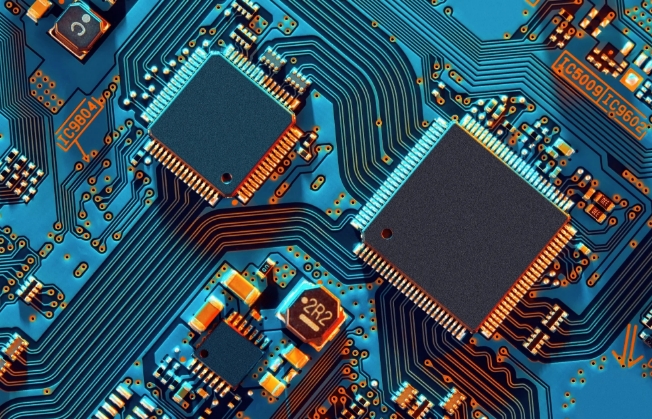Thermal management in printed circuit assembly is vital for ensuring the reliability and performance of electronic devices. It involves controlling temperatures to optimize the lifespan of components, prevent thermal stress, and avoid issues like electromigration. Efficient heat dissipation techniques, adherence to industry standards, and considerations for energy efficiency contribute to consistent device performance over time.

Here are some key aspects of the significance of thermal management in printed circuit assembly:
1.Component Reliability:
Electronic components, especially semiconductors, have optimal operating temperature ranges. Excessive heat can degrade the performance and reliability of these components over time. Proper thermal management ensures that components operate within their specified temperature limits, enhancing their lifespan and reliability.
2.Performance Optimization:
Heat can affect the electrical properties of components, leading to performance degradation. Thermal management helps maintain a consistent temperature across the circuit board, preventing hotspots that could negatively impact the overall performance of the electronic device.
3.Prevention of Thermal Stress:
Rapid temperature changes can cause thermal stress in materials, leading to mechanical failure, solder joint fractures, and other issues. Effective thermal management minimizes temperature variations, reducing the risk of thermal stress and associated reliability problems.
4.Efficient Heat Dissipation:
Many electronic components generate heat during operation. Efficient thermal management systems, such as heatsinks, thermal pads, and fans, help dissipate this heat away from critical components, preventing overheating and maintaining optimal operating conditions.
5.Avoidance of Electromigration:
Electromigration is the gradual movement of metal atoms in the conductive traces of a circuit due to the passage of high current density. Elevated temperatures can accelerate this process. Adequate thermal management helps control temperature, reducing the risk of electromigration-induced failures.
6.Consistent Performance Over Time:
Overheating can lead to performance degradation over the long term. By controlling and managing thermal conditions, designers ensure that electronic devices maintain consistent performance throughout their operational life.
7.Compliance with Industry Standards:
Various industries have stringent thermal performance standards for electronic devices. Meeting these standards is essential for product certification and regulatory compliance. Proper thermal management helps ensure that devices meet these requirements.
8.Energy Efficiency:
Efficient thermal management contributes to the overall energy efficiency of electronic devices. By optimizing heat dissipation, devices can operate at lower temperatures, potentially reducing the need for active cooling systems and saving energy.
In summary, thermal management in printed circuit assembly is critical for ensuring the reliability, performance, and longevity of electronic devices. It involves the use of various techniques and materials to control and dissipate heat, preventing adverse effects on electronic components and maintaining optimal operating conditions.